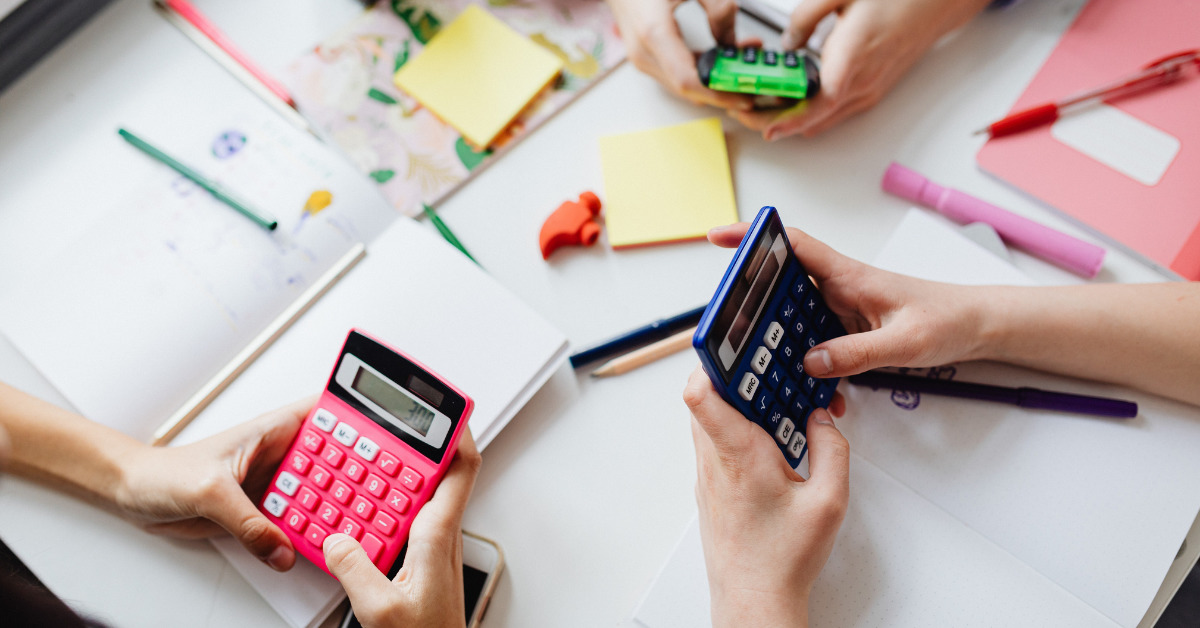Mathematics can be a tricky subject, and sometimes it is challenging to get started. Here are some Maths revision techniques you may find helpful when revising for your exam.
1. Make Use of Flashcards and Posters
There are formulae and equations in Maths that you need to learn. To help remember the formulae, you can put them on flashcards, reducing all the formulas of any one topic, and making sure each flashcard is different.
Then, you can practise wherever you want to learn. For instance, you can revise the cards while sitting at a desk or browsing the internet. You can also have multiple posters, flashcards, and pictures around your room so when you’re doing something specific in any corner of your room, you can revise the relevant content.

2. Gather Past Questions About Particular Topics
To do this, you can group questions by topic, for example, integration or vectors. Then you can go through a bunch of questions in each group.
Patterns may appear as you realise you miscalculated questions or found similar mistakes in different questions. Since you now know which topics you know well and which ones you do not know, you can focus on the topics that need extra work.
3. Take a Timed Test of Past Papers
You will probably have done plenty of questions from previous papers as part of your Maths revision, but it’s easy to forget the time you spend doing them.
Try timing yourself when you do practice papers to get an idea of how long you take, and then you can see if you’re spending about the same time as you have to in the exam. Try to finish each paper with some spare time to check your solution, as you will want to do this during the exam.
4. Work Through the Questions with Friends

One of the best ways to find out if you’ve understood something in Maths is to explain it to another person. This forces you to look at the details of the problem differently, which might help you understand them better and get to the answer faster.
You might also discover that someone else knows how to solve a problem more quickly than you do, and you can discuss methods with each other.
5. Highlight Topics According to Difficulty Levels
Choose different colours and highlight the sections that you like. Use symbols to denote your preferences. For instance, if there are two topics, you can label one as easy and the other as hard, low-intermediate, high-intermediate, or something else.
This lets you see which topics you find difficult and spend more time reviewing the topics that you find the most challenging. This means you won’t waste a lot of time learning elementary things for you but will help you review difficult areas that may be more important for the exam.
For example, if there are four topics, one is easy for you and another is easy for everyone else in your class, you can choose to focus on the remaining two topics that require more time studying. Remember to review all the topics, so you don’t forget what you’ve learned.
Final Thoughts
May these revision techniques be useful to you. Not all of these concepts are easy to use, but they can all help you pass your exams. The most important thing to remember is to revise in a way that works for you.
SchoolOnline offers expert video tutorials to help GCSE and KS2 students build confidence and gain valuable skills in Maths and English. Our powerful digital learning platform offers incredible value at a fraction of the cost of a private tutor and uses Edexcel revision guide. With over 1350 step-by-step videos from the nation’s top examiners in GCSE / KS2 English and Maths, you can ace your exams and unlock the door to your future success! Sign up today!



